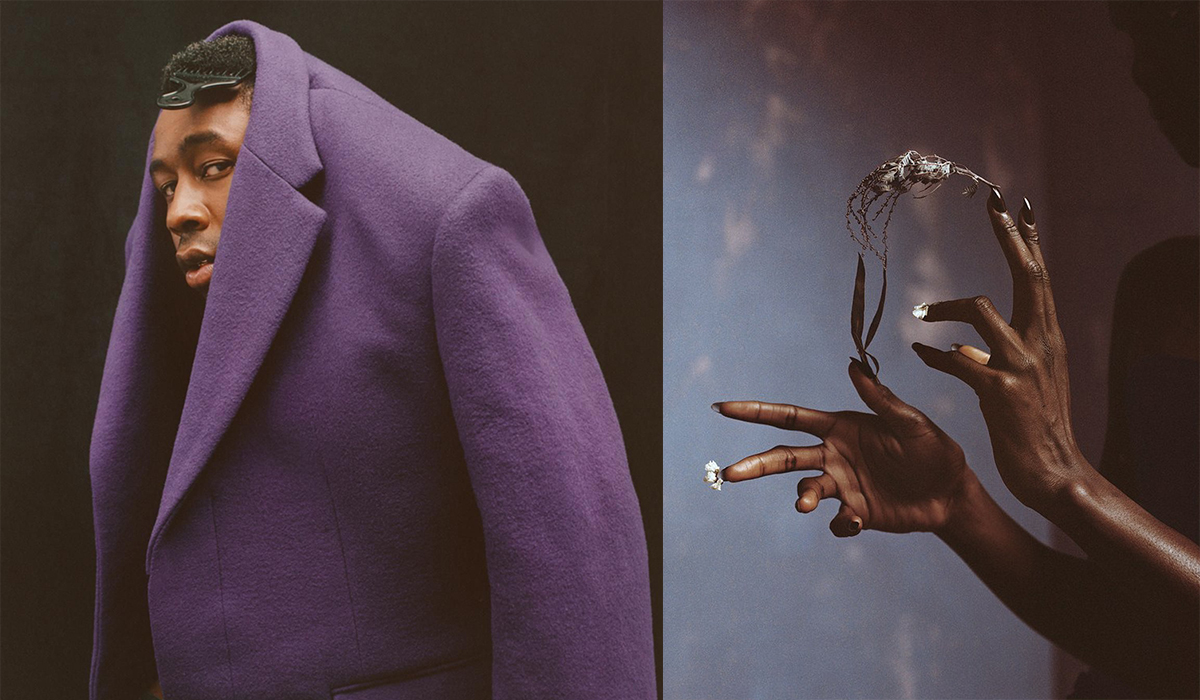Train journeys in rush hour are always hectic! People are pushing, shoving and all in a rush to get home. Do you remember the last time you were returning home from work or from studying? I sure do. But sometimes when I travel I like to take a moment to slow down and observe my surroundings. In doing so I stumbled across an advertisement for an exhibition called Masculinities showing at the Barbican, in London. I pulled out my phone and snapped a picture – the image looked inviting and it was a show that I felt that I could not miss!
Now quite a few weeks later from that point, I am left with a slightly different train of thought. From the advertisement presenting a monochrome photograph of a nude black male carefully balancing in a delicate position, this made me think that the exhibition was going to focus on showing a diverse voice around masculinity. Potentially showing works created by photographer Campbell Addy, or Tyler Mitchell. However, this was not the case. The majority of the exhibition focused solely on representing white masculinity. Leaving three smaller rooms dedicated to males of colour (which might I add – needed more space and recognition).
This left me thinking, why were men of colour underrepresented in the exhibition and what does this teach dominant social groups? It was as though the curation of the show was a silent voice representing the hegemonic norms which still exist in society today. But what if the exhibition had a more representative tone for men of the colour – how would the exhibition look then? Let’s reimagine the gallery space, and take a closer look at these 10 contemporary artists of colour who represent masculinity for audiences, who should have been included in this exhibition.
Campbell Addy
Iggy London
Tyler Mitchell
Karla Hiraldo Voleau
Stephen Isaac-Wilson
Kristin-Lee Moolman
Wu Tsang
Sharif Hamza
Clifford Prince King
Micha Serraf
By reimaging the gallery space with these artists and photographers, a more inclusive representation of masculinity develops. For example, Karla Hiraldo Voleaushows an intimate depiction of black masculinity, and her use of lighting adds a layer of sensitivity to the male model. This creates a positive friction and changes social stereotypes around the pressures of hypermasculinity. It’s therefore important to represent diverse artists, and ethnicities when considering the theme of masculinity as each male embodies a unique identity. These individual qualities are presented in the above photographs as they each frame subversive characters, championing beauty in the male form, and celebrate diversity and vulnerability. If the exhibition at the Barbican Gallery was to look like this, masculinity would be acknowledged for its complexity which so often gets overlooked.
Text by Indera Tamara


